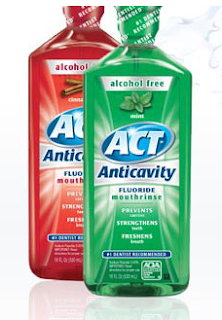 Everyone knows that smoking causes lung cancer, but did you also know that smokers and tobacco users are susceptible to a variety of oral health problems at a faster rate than non-smokers? Smokeless tobacco use in the United States continues to increase each year, according to the Centers for Disease Control and Prevention. It may be smokeless, but it certainly isn't harmless.
Everyone knows that smoking causes lung cancer, but did you also know that smokers and tobacco users are susceptible to a variety of oral health problems at a faster rate than non-smokers? Smokeless tobacco use in the United States continues to increase each year, according to the Centers for Disease Control and Prevention. It may be smokeless, but it certainly isn't harmless.You’ve probably seen baseball players chewing or dipping tobacco, but it’s important to know that as soon as you use tobacco products, you risk developing serious health issues, including cancer, heart attack or stroke. You are also more likely to experience any of these oral health problems:
• Gum disease
• Tooth loss
• Loss of bone in the jaw
• Gum recession
• Delayed/impaired healing process after oral surgery or any other treatment
• Decreased success rate of dental implant (tooth replacement) procedures
• Mouth sores
• Loss of your sense of taste and smell
• Bad breath
• Tooth and tongue stains
Quitting tobacco is difficult because all forms of it—cigarettes, cigars and spit (chewing) tobacco—contain nicotine, which is the highly addictive agent in tobacco. If you are interested in protecting your oral health, we strongly recommend you quit using tobacco products! We suggest all tobacco users come in for regular dental check-ups at Minich Orthodontics.







































